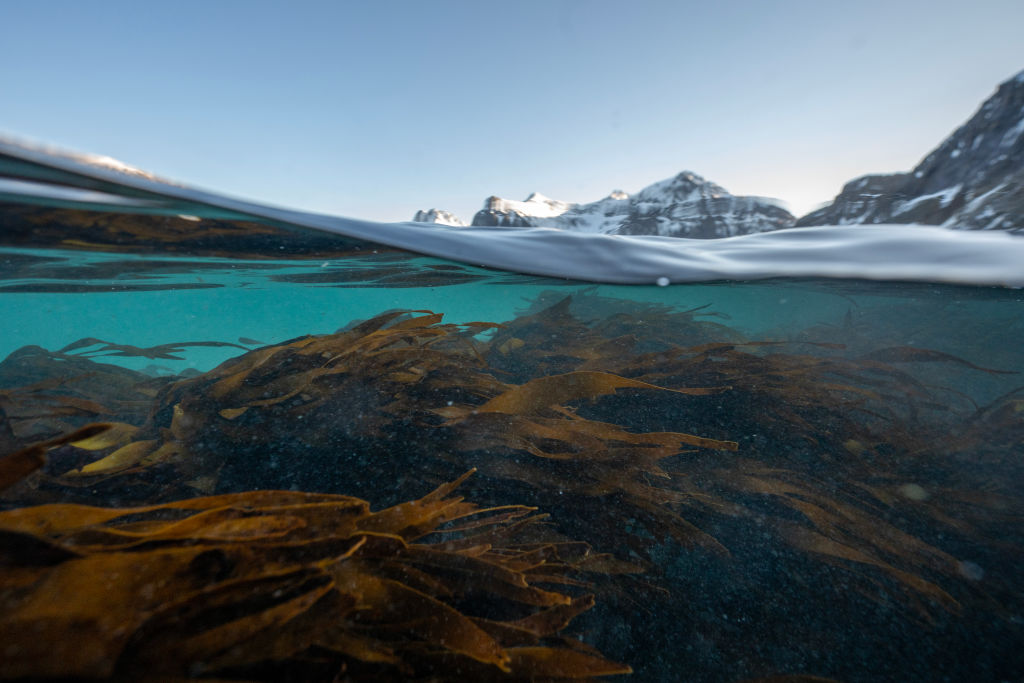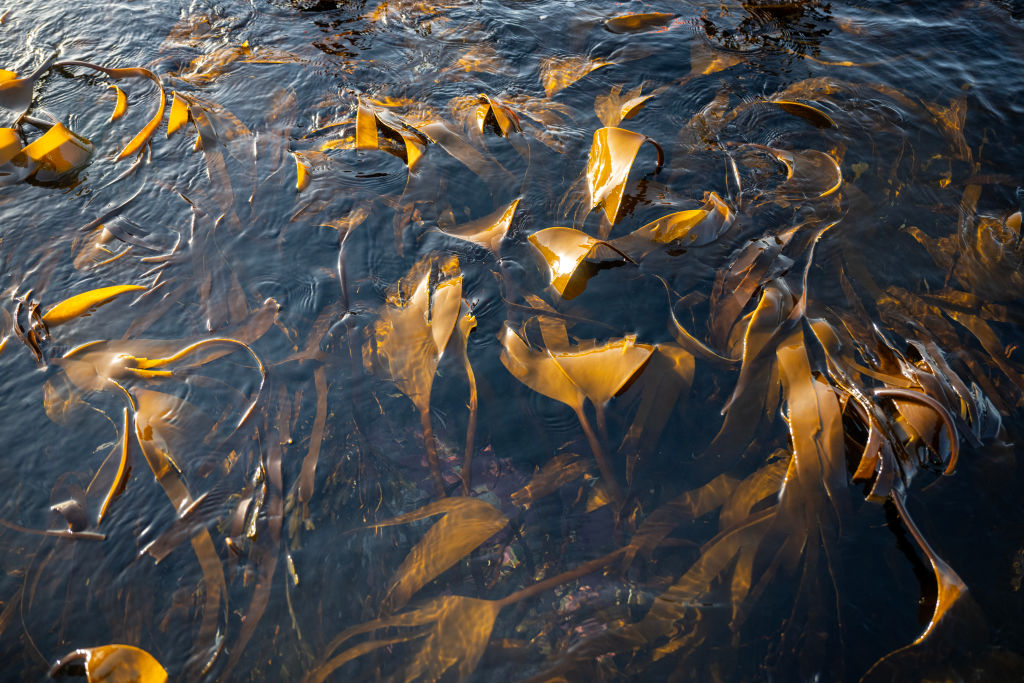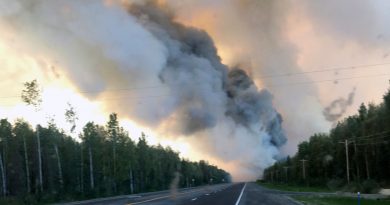Seaweed forests spreading, could change ocean chemistry in the Arctic

The Arctic’s greening from a warming climate isn’t just happening on land—it’s unfolding beneath the ocean surface too. There, seaweed forests are taking root in once-frigid fjords, with the potential to impact the ocean’s chemistry.
A recent study published in the journal Journal of Geophysical Research: Oceans has explored this, looking at how rising seawater temperatures and melting sea ice are creating ideal conditions for macroalgae—large seaweed species like brown, red, and green algae.
“Warmer seawater and less sea ice growth due to an increase in global temperature have a significant impact on the Arctic ecosystem, favoring the growth of seaweeds or macroalgae in coastal areas,” the authors say in the study.
“Macroalgae are known to produce higher organic biomass annually, which can contribute to the carbon pools of Arctic fjords.”
Tracking carbon signatures
To to the study, the researchers analyzed sediment samples from Kongsfjorden, a fjord in Svalbard, to track the carbon signatures left by macroalgae.
And despite the presence of several different seaweed species in the region, the study found that all of them contributed similar chemical markers to the sediment.
“The seaweeds showed different biomass production but registered similar lipid molecular patterns, which is unique compared to other organic components,” the study said.

- Seaweed Growth: Warmer waters are helping seaweed thrive in the Arctic.
- Similar Signs: Different seaweed types leave the same markers in the sediment.
- Seaweed’s Reach: Outer fjords have more seaweed-based carbon.
- Oxygen Danger: Seaweed breakdown is creating low-oxygen zones.
- What’s Next: “Warming could lead to more oxygen-starved areas,” say scientists.
The study said the different types of organic material—like seaweed, ancient carbon, and land plants—were all mixed in the inner part of the fjords.
But in the outer parts of the fjord, the sediments had a higher concentration of seaweed-derived compounds, showing that seaweed had a bigger impact there compared to other sources.
Further research needed on ‘dead zones’
The researchers found that in areas dominated by seaweed, the sediments contained sulfur compounds, a sign of low-oxygen conditions, suggesting that as seaweed decomposes, microbes break it down and consume oxygen, leaving oxygen-poor “dead zones.”

As some parts of the Arctic continue to warm at nearly four times the rate of the global average, the researchers are calling for continued study of these seaweed-dominated zones to better understand their role in the evolving Arctic ecosystem.
“As the Arctic region continues to warm, more seaweed expansion and sediment entry into the fjords might lead to an increase in such oxygen-starved zones in coastal areas,” the study warns.
Comments, tips or story ideas? Contact Eilís at eilis.quinn(at)cbc.ca
Related stories from around the North:
Canada: Project laying groundwork to better track future climate impacts on seaweed in Arctic, Eye on the Arctic
Finland: What a Saami-led salmon rewilding project in Arctic Finland can teach us about Indigenous science, Eye on the Arctic
Greenland: Glowing snailfish full of antifreeze proteins found off coast of Greenland, Eye on the Arctic
Sweden: Replanting the sea in Sweden, Radio Sweden
United States: Investors bet on farmed kelp being Alaska’s next seafood export, Alaska Dispatch News


